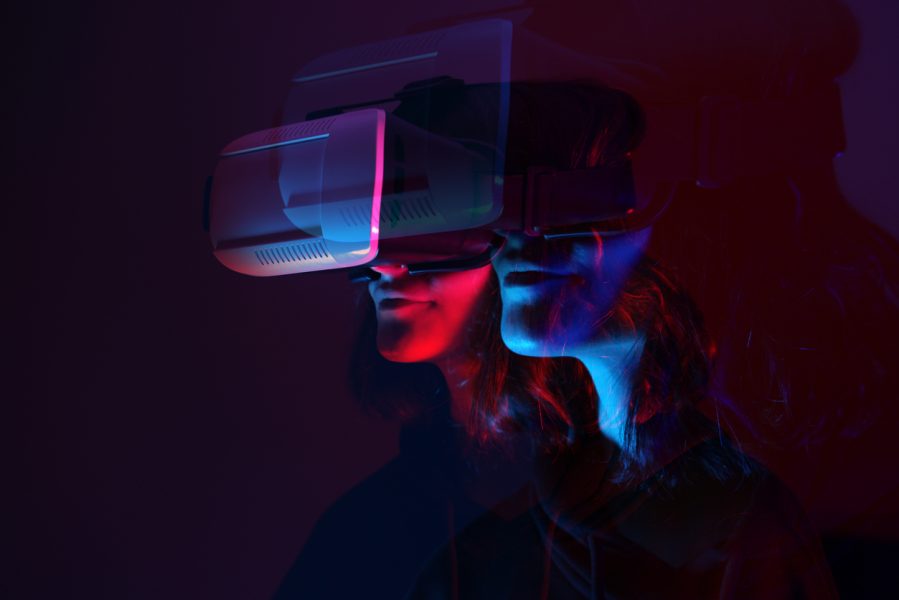
‘Sexual abuse’ of beta user goads Meta to secure VR universe

Following allegations of sexual abuse of the online avatars of Metaverse users, Facebook’s parent company Meta recently introduced a new tool called ‘personal boundary’ in its virtual reality (VR) spaces Horizon Worlds and Horizon Venues to maintain a distance between avatars and prevent sexual harassment.
How ‘personal boundary’ works
According to Horizon vice president Vivek Sharma, for users who access the Horizon World and Horizon Venues platforms through VR headsets, the new feature will make them feel as if there is a four feet (1.2 metre) distance between their virtual avatar and other avatars in the virtual reality worlds.
The new tool, when activated by an avatar who apprehends a threat will stop an approaching avatar from intruding into the personal boundary of the former.
“This builds upon our existing hand harassment measures that are already in place, where an avatar’s hands would disappear if they encroached upon someone’s personal space,” Sharma said in a blog post.
He said while the new feature will be on by default, the company would see if new controls and user interface changes, like allowing people to set their own personal boundaries, can be introduced to the virtual platform.
“We believe personal boundary is a powerful example of how VR has the potential to help people interact comfortably. It’s an important step, and there’s still much more work to be done. We’ll continue to test and explore new ways to help people feel comfortable in VR,” Sharma wrote.
‘Avatar gangraped’
Facebook’s launch of the new feature comes after a beta tester on November 26 last year complained that her VR avatar was ‘gangraped’ and ‘belittled’ by three to four ‘men’ on the Horizon Worlds.
“Within 60 seconds of joining – I was verbally and sexually harassed – 3-4 male avatars, with male voices, essentially, but virtually gang-raped my avatar and took photos,” wrote Nine Jane Patel, a resident of London, in an open letter.
“As I tried to get away, they yelled, ‘don’t pretend you didn’t love it’ and ‘Go rub yourself off to the photo’. It was surreal. It was a nightmare,’’ she wrote, adding that she physiologically and psychologically felt violated.
While Meta’s vice president Sharma called the incident “absolutely unfortunate,” Meta’s internal review of the incident found that the user should have used a tool called ‘safe zone’ to avoid the assault. Safe Zone is a protective cover, which users in Horizon Worlds can activate whenever they feel threatened. When it is activated, the attacker/intruder wouldn’t be able to touch them, talk to them or interact in any way, until they switch off the option themselves.
The Horizon Worlds can accommodate a maximum of 20 avatars at one time. These avatars (or virtual representatives or real people wearing VR headsets) can hang out, work explore and build within the virtual space.
While rebranding itself to Meta last year, Facebook announced that it will invest in virtual and augmented reality to build a virtual universe as part of its Metaverse project. The Horizon platforms are just nascent iterations of a larger virtual reality universe that the company envisages.
Meta launched the Horizon Worlds VR platforms in North America last December.
The company has said that it will require years of work and technological advancement to reach a fully realized Metaverse.

